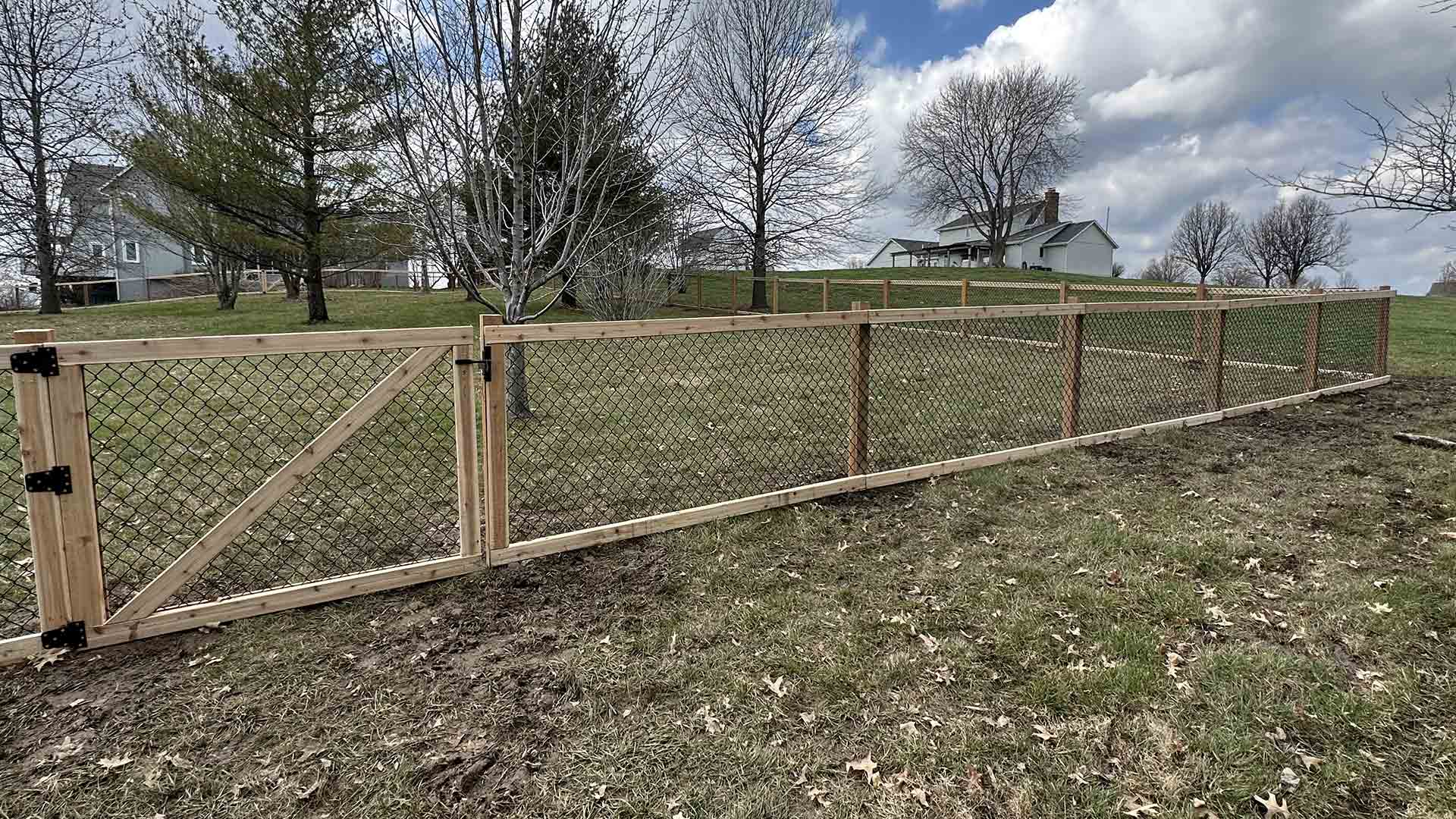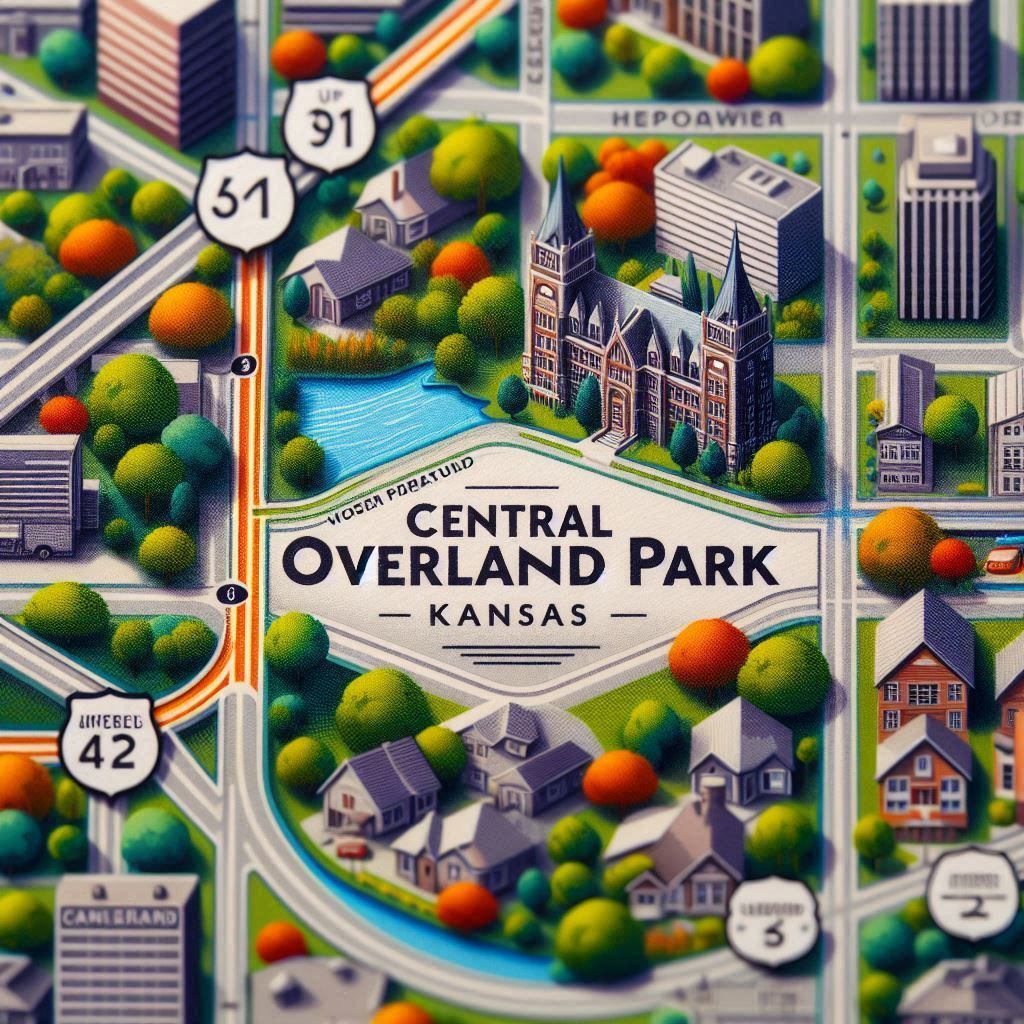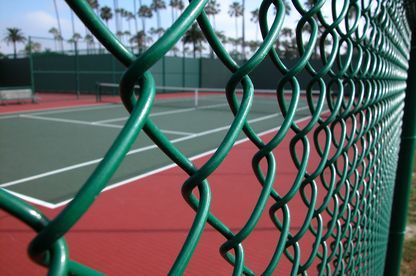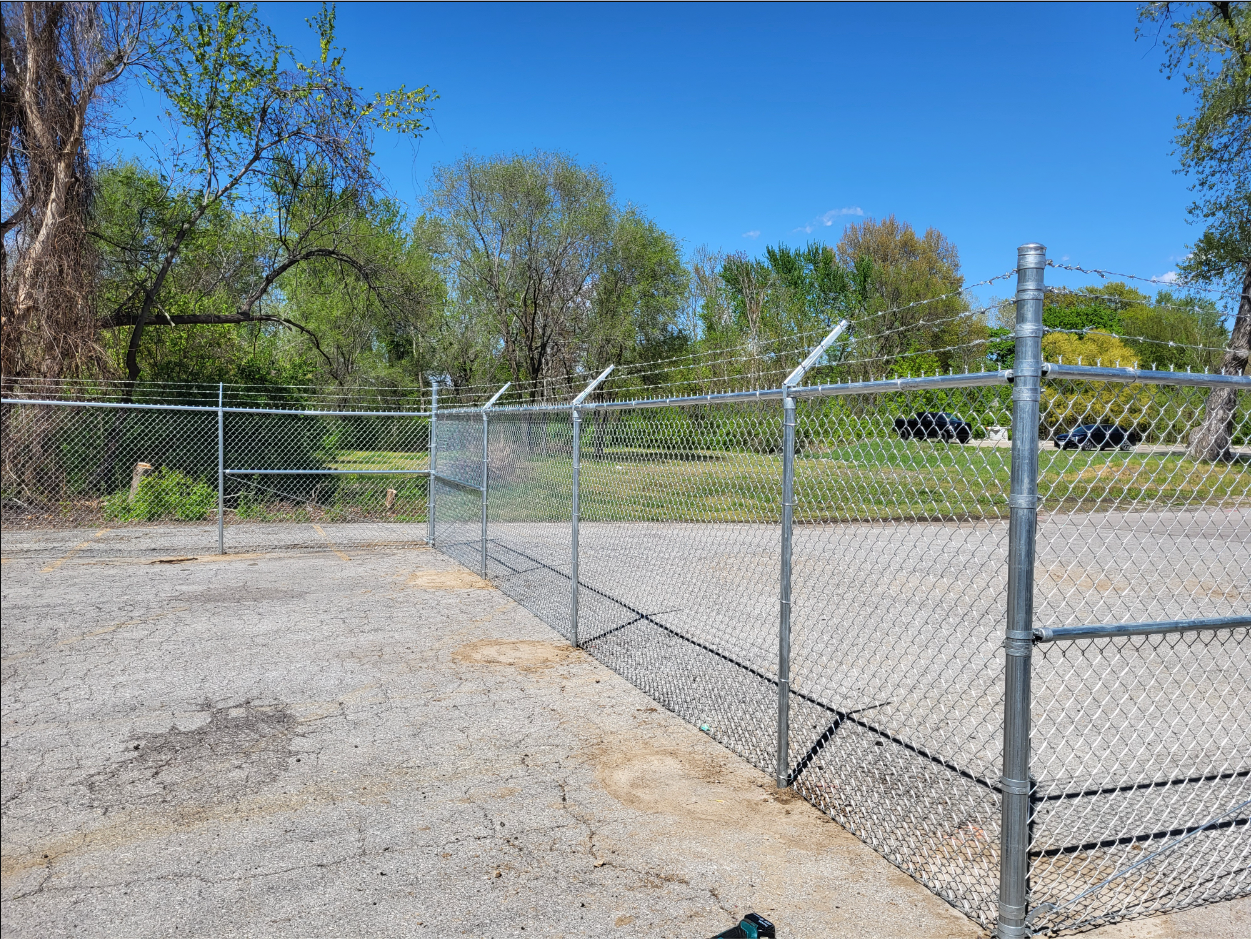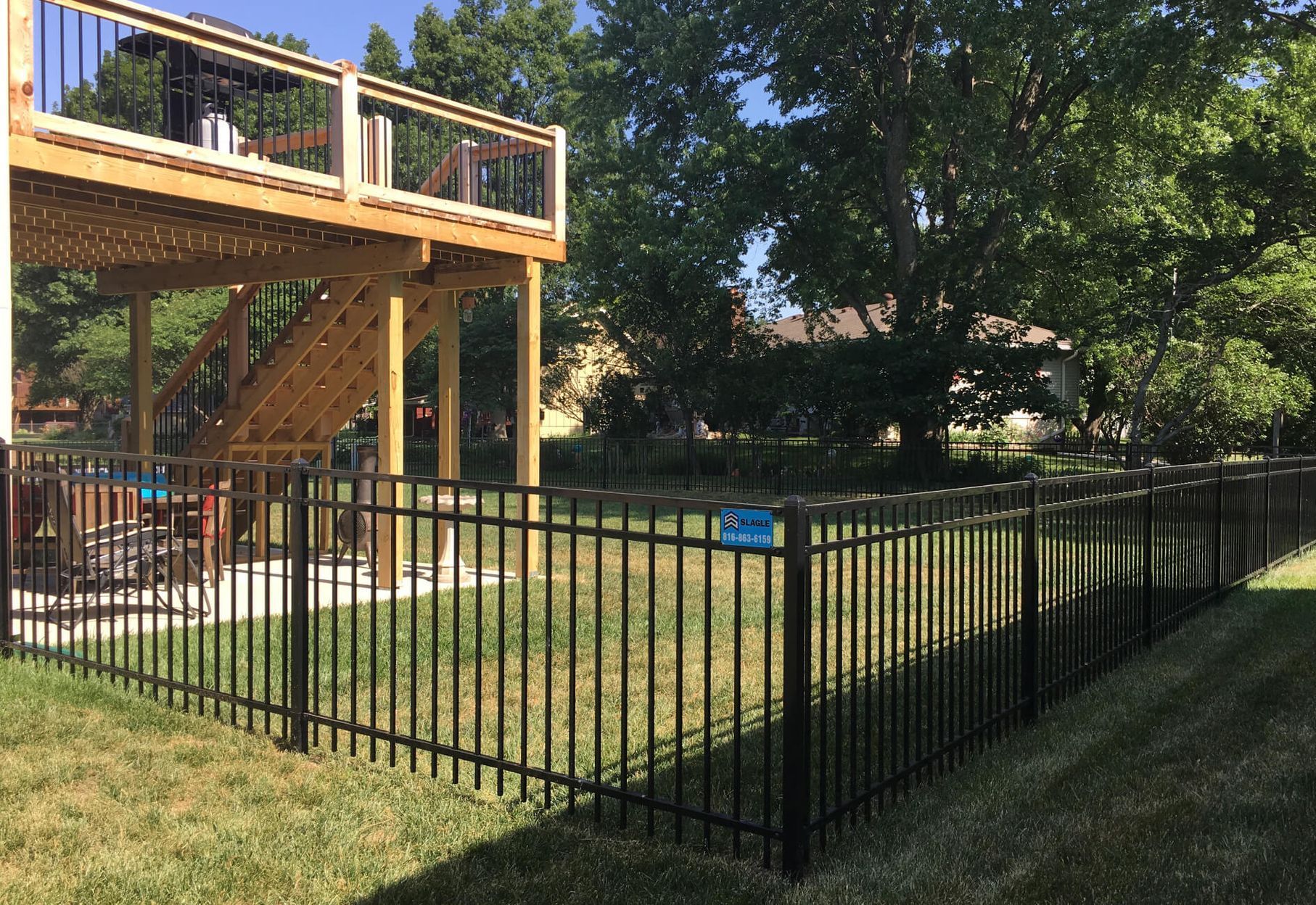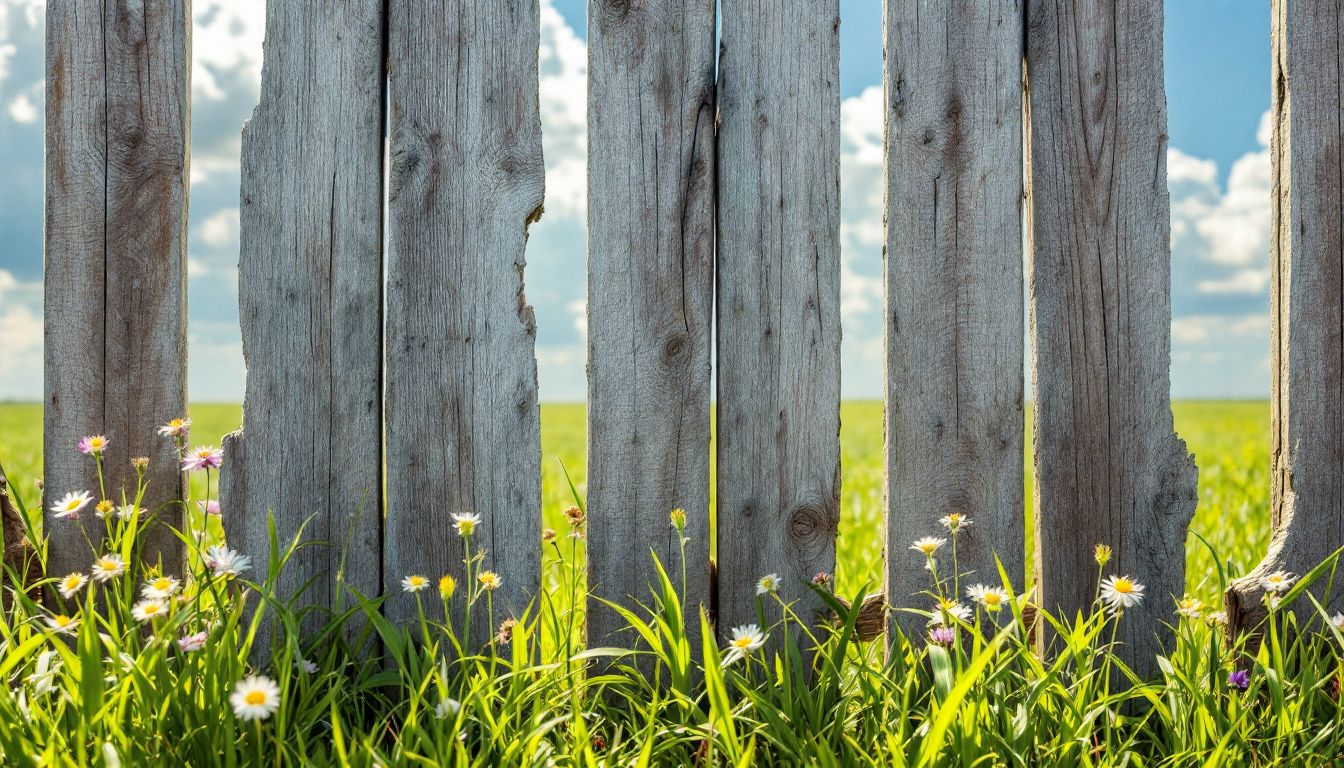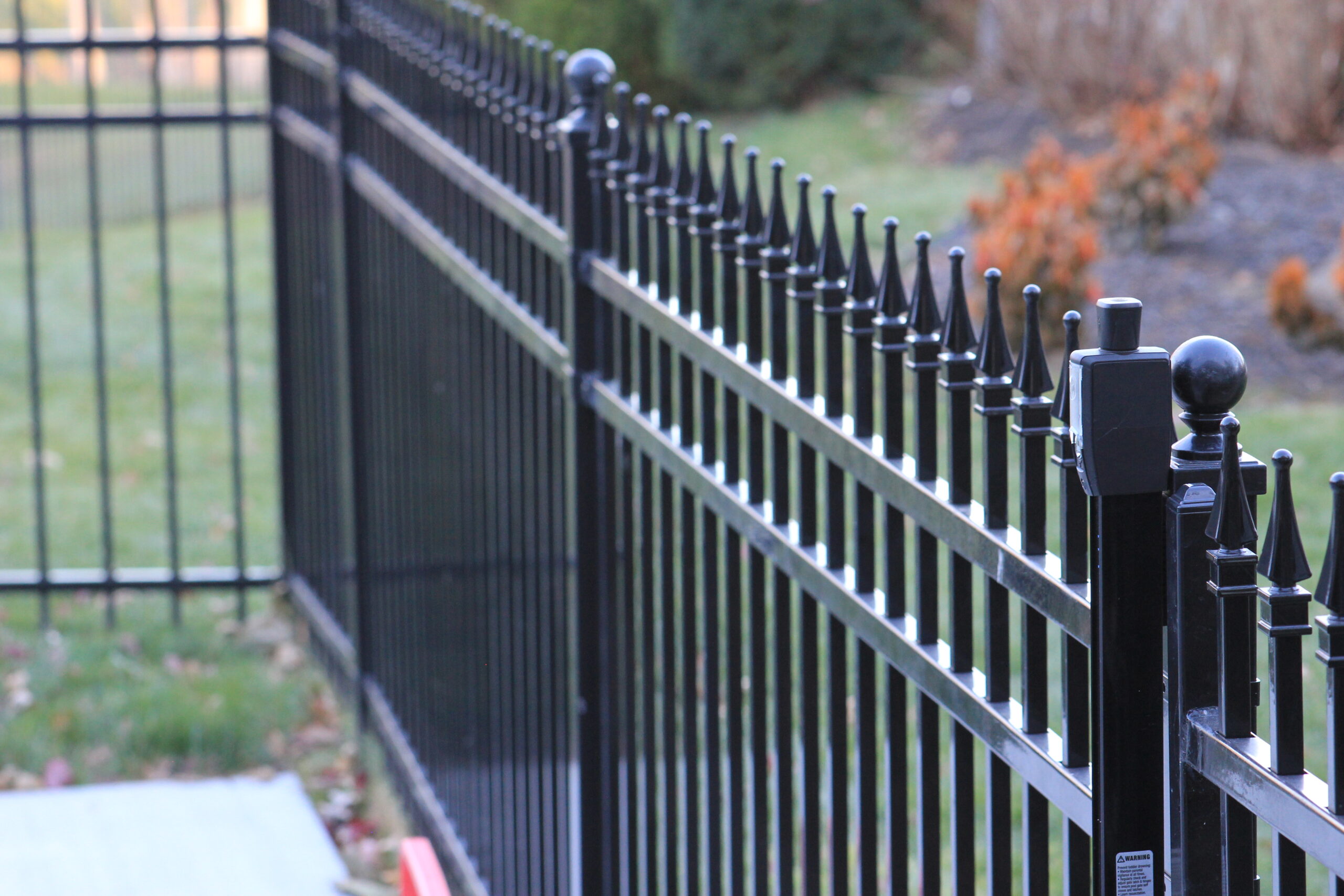Kansas City, Missouri
- Population: Approximately 508,000 residents.
- Landmarks: Home to the National World War I Museum and Memorial.
- Economy: Major industries include healthcare, finance, and manufacturing.
- History: Founded in 1838, known for its rich jazz and blues heritage.
- Transportation: Features a free streetcar line downtown and several interstate highways.
Overland Park, Kansas
- Population: About 200,000 residents.
- Economy: A hub for telecommunications and financial services industries.
- Education: Home to the highly rated Blue Valley School District.
- Parks: Contains more than 83 parks and nearly 1,800 acres of open space.
- Culture: Known for the Overland Park Arboretum and Botanical Gardens.
Olathe, Kansas
- Population: Approximately 145,000 residents.
- History: One of the fastest-growing cities in Kansas, founded in 1857.
- Economy: Strong manufacturing sector, with companies like Garmin.
- Education: Part of the Olathe Public Schools, one of the top districts in the state.
- Attractions: Home to the Mahaffie Stagecoach Stop and Farm Historic Site.
Independence, Missouri
- Population: About 117,000 residents.
- Historical Significance: Known as the hometown of President Harry S. Truman.
- Economy: Retail and healthcare are major sectors.
- Landmarks: The Harry S. Truman Presidential Library and Museum is a key attraction.
- Events: Hosts the annual Santa-Cali-Gon Days, celebrating the town’s role in pioneer trails.
Lee’s Summit, Missouri
- Population: Approximately 101,000 residents.
- Education: Served by the Lee’s Summit R-7 School District.
- Economy: Growing healthcare and retail sector.
- Recreation: Over 1,200 acres of parkland, including Longview Lake.
- Community: Known for strong community involvement and family-friendly events.
Lenexa, Kansas
- Population: About 55,000 residents.
- Economy: A key center for biosciences and technology.
- Education: Served by the Shawnee Mission School District.
- Recreation: Features Sar-Ko-Par Trails Park and several community festivals.
- History: Incorporated in 1907, originally a stop on the Santa Fe Trail.
Shawnee, Kansas
- Population: Approximately 67,000 residents.
- History: One of the oldest cities in Johnson County, founded in 1856.
- Economy: Strong in manufacturing and retail sectors.
- Parks: Home to the large Shawnee Mission Park and Lake.
- Community: Known for a strong sense of community and annual events like Old Shawnee Days.
Blue Springs, Missouri
- Population: About 56,000 residents.
- Education: Part of the Blue Springs School District, highly regarded in Missouri.
- Economy: Dominated by retail, healthcare, and light manufacturing.
- Recreation: Offers numerous parks, including Burr Oak Woods Conservation Area.
- History: Established in the mid-19th century, a key stop for pioneers on the Oregon Trail.
Liberty, Missouri
- Population: Approximately 32,000 residents.
- Historical Significance: Home to William Jewell College, founded in 1849.
- Economy: A mix of education, healthcare, and retail.
- Landmarks: Known for its well-preserved historic downtown district.
- Community: Offers a range of community events, including the annual Liberty Fall Festival.
Raytown, Missouri
- Population: About 29,000 residents.
- History: Founded in 1827, originally a stopping point on the Santa Fe Trail.
- Economy: Predominantly residential, with local retail and small businesses.
- Education: Served by the Raytown School District.
- Parks: Features several parks, including Kenagy Park and C. Lee Kenagy Nature Park.
Prairie Village, Kansas
- Population: Approximately 22,000 residents.
- History: Developed in the 1940s, designed as a planned community.
- Economy: Predominantly residential, with local boutiques and small businesses.
- Parks: Known for its tree-lined streets and well-maintained parks, including Harmon Park.
- Community: Frequently listed among the best places to live in Kansas.
Gladstone, Missouri
- Population: About 27,000 residents.
- Economy: Primarily residential, with a mix of retail and local businesses.
- Education: Served by the North Kansas City School District.
- Parks: Includes several parks, such as Oak Grove Park and Happy Rock Park.
- Community: Known for a strong community spirit and a variety of local events.
Belton, Missouri
- Population: Approximately 23,000 residents.
- History: Founded in 1871, originally a railroad town.
- Economy: Retail, light manufacturing, and healthcare are key sectors.
- Education: Served by the Belton School District.
- Parks: Features several parks, including Memorial Park and Wallace Park.
Grandview, Missouri
- Population: About 25,000 residents.
- History: Incorporated in 1912, once home to President Harry S. Truman.
- Economy: Includes manufacturing, retail, and distribution centers.
- Parks: Features the Grandview Amphitheater and several community parks.
- Transportation: Located along Interstate 49, providing easy access to Kansas City.
Merriam, Kansas
- Population: Approximately 11,000 residents.
- Economy: Predominantly residential, with a mix of retail and small businesses.
- Parks: Known for its extensive trail system and parks, including Merriam Marketplace.
- Education: Served by the Shawnee Mission School District.
- History: Established in the 1880s, originally a resort town.
Mission, Kansas
- Population: About 10,000 residents.
- Economy: Strong retail presence, including the Mission Market.
- Parks: Home to several small parks, including Broadmoor Park and Anderson Park.
- Community: Known for its vibrant community events, such as the annual Sunflower Festival.
- History: Incorporated in 1951, originally a trading post on the Santa Fe Trail.
North Kansas City, Missouri
- Population: Approximately 4,500 residents.
- Economy: A major industrial hub, with numerous businesses and manufacturing centers.
- Transportation: Well-connected by major highways and public transit.
- Recreation: Features Macken Park, a large community park with various amenities.
- History: Incorporated in 1912, originally a planned industrial city.
Raymore, Missouri
- Population: About 23,000 residents.
- Economy: Primarily residential, with growing retail and small business sectors.
- Education: Served by the Raymore-Peculiar School District.
- Parks: Known for its parks and recreation facilities, including Hawk Ridge Park.
- Community: Strong community involvement with annual events like the Raymore Festival in the Park.
Harrisonville, Missouri
- Population: Approximately 10,000 residents.
- History: Founded in 1837, rich in Civil War history.
- Economy: Retail, healthcare, and small manufacturing are key sectors.
- Education: Served by the Harrisonville School District.
- Parks: Features several parks, including City Park and the Harrisonville Community Center.
Excelsior Springs, Missouri
- Population: About 11,000 residents.
- History: Known for its mineral water springs, which were believed to have healing properties.
- Landmarks: Home to the historic Elms Hotel and Spa, visited by President Harry S. Truman.
- Economy: Tourism, healthcare, and small manufacturing.
- Community: Hosts annual events like the Waterfest, celebrating its history as a spa town.
Smithville, Missouri
- Population: Approximately 11,000 residents.
- Landmarks: Known for Smithville Lake, a major recreational area.
- Economy: Primarily residential with a growing retail sector.
- Education: Served by the Smithville School District.
- Community: Offers a variety of outdoor











